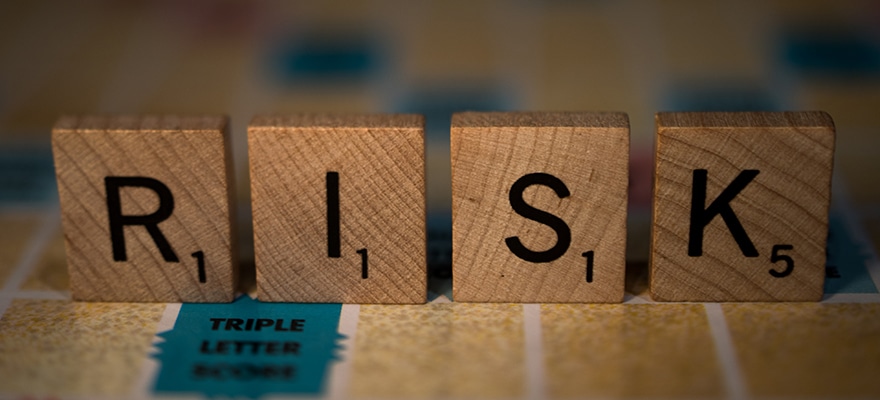Forex trading involves taking a massive number of trades. And even a position trader who aims to stay in winning trades for some weeks or months might expect to take at least ten trades over a year.
Then, shorter trades like swing traders or scalpers need many more trades than that.
Also, Forex Trading involves losing trades. There is no way around that. All traders, even the best ones, will lose at least one-third of all the trades they make.
Everyone in this industry knows that winning and losing are not evenly distributed as markets tend to win and lose streaks.
So, every trader must plan for a worst-case losing streak of at least twenty losing trades in a row.
Also, they must prepare for possible worst drawdown - peak to trough account decrease. If the account fell by over 20%, it would be harder to go back to the peak.
And this is because the gain needed to reach it increases exponentially. For instance, if the account is down by 50%, traders should make 100% from what remains to get back to where they were before the 50% loss.
Assuming that traders don't want their trading account to decline by over 20% and the worst losing streak is about 20 losing trades in a row.
And this means that traders must not risk more than 1% of their account per trade. However, they might not ever lose 20 trades in a row, but the net losing trades within a major drawdown may be around double, with some winners mixed in.
So, this implies that they probably must risk no more than 0.5% of their account on a single trade. If traders are going to need, due to minimum position sizing, leverage, and trade stop loss requirements, like $1 for a trade, they need to multiply that by 200 to come up with the minimum amount they need to trade forex.
Also, traders will need to think about how big the typical trade stop loss will be.
Then, as well as losing streaks, traders must worry about a wild, sudden price movement causing massive slippage beyond a trade's stop loss.
However, this only occurs with pegged or manipulated currencies, like the Swiss franc in 2016.
This is one more reason why it is typically a good idea to risk only a small percentage of the account on any single trade. Also, it must help to trade liquid major currencies like the U.S. dollar, Euro, and Japanese yen.
Stop Losses on Deposit Size
Traders must never enter a trade without inputting a hard stop loss. The hard stop loss tells the broker that if the trade has gone against the traders by a specific amount, it would immediately close the trade.
Even though they can't always execute the stop loss at the exact price given when markets are volatile, it is still a useful and essential way to limit risk and manage losses.
Stop losses must always be identified by technical analysis, not by how big stop loss traders can afford due to the amount of money in the trading account.
Also, traders need to remember not to make a stop loss smaller than what they really want it to be just because they can't afford it with their account size.
Instead, place more money in the account, look for a forex broker that enables trading in nano lots, or consider switching to a trading style that usually needs tighter stop losses.
The three kinds of forex trading are; position trading, swing trading, and scalping.











